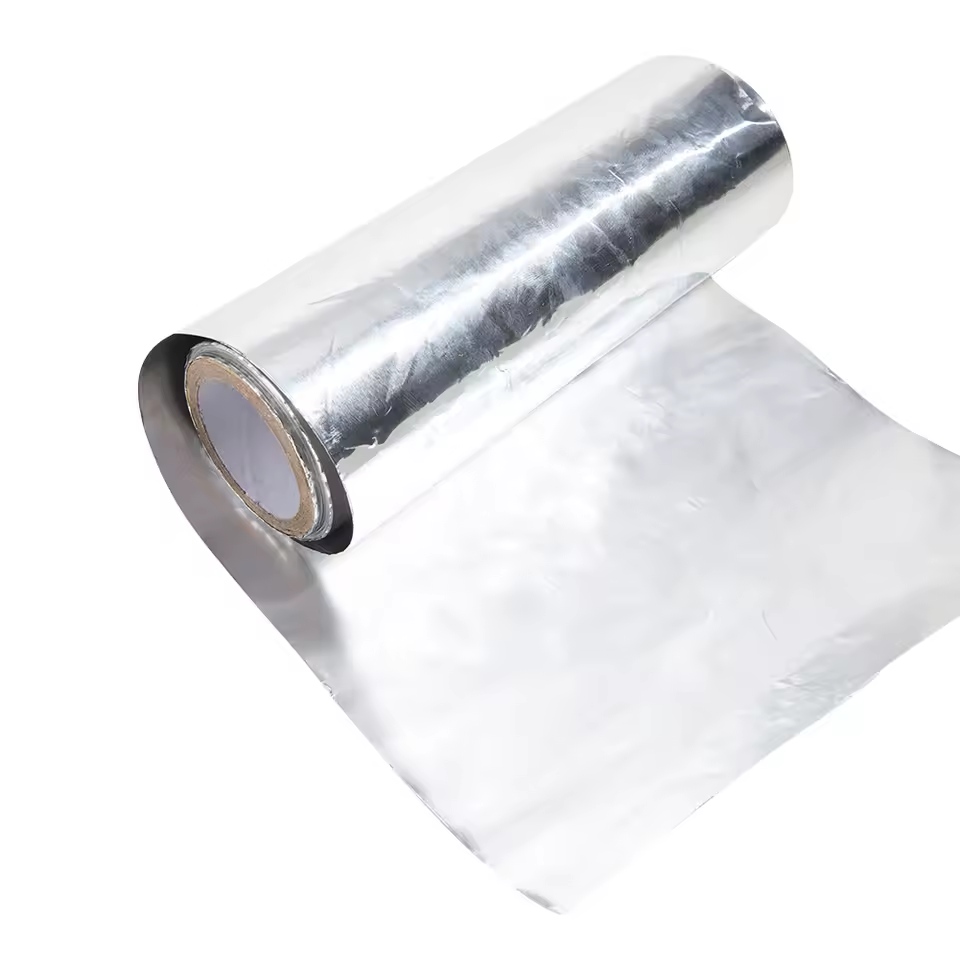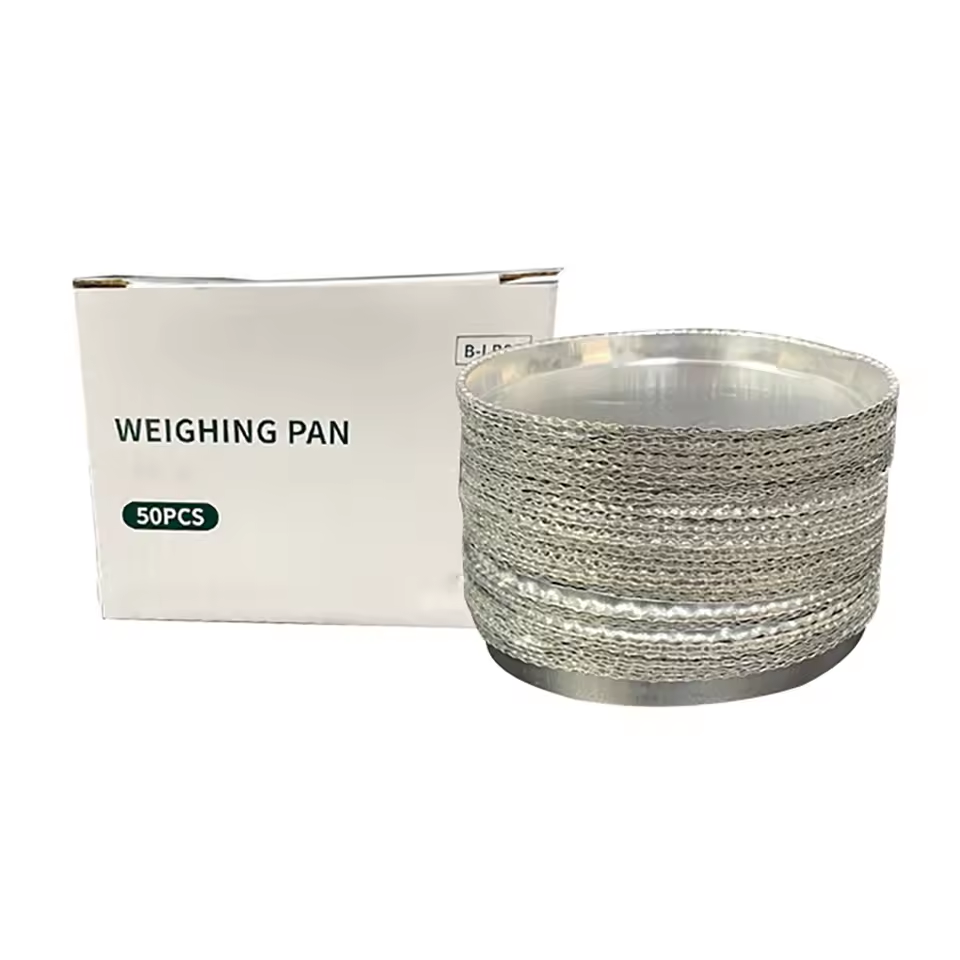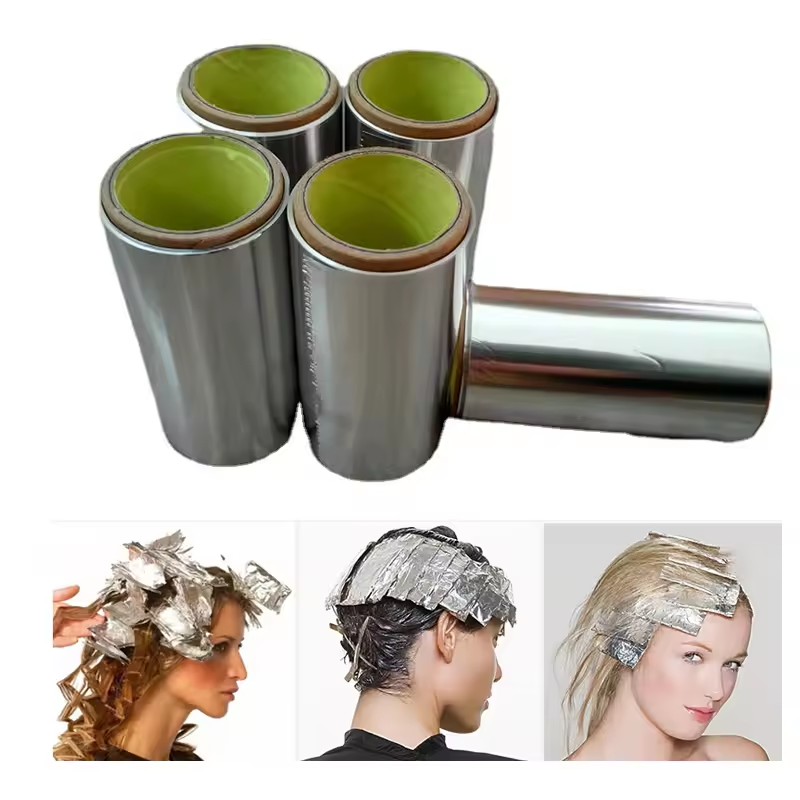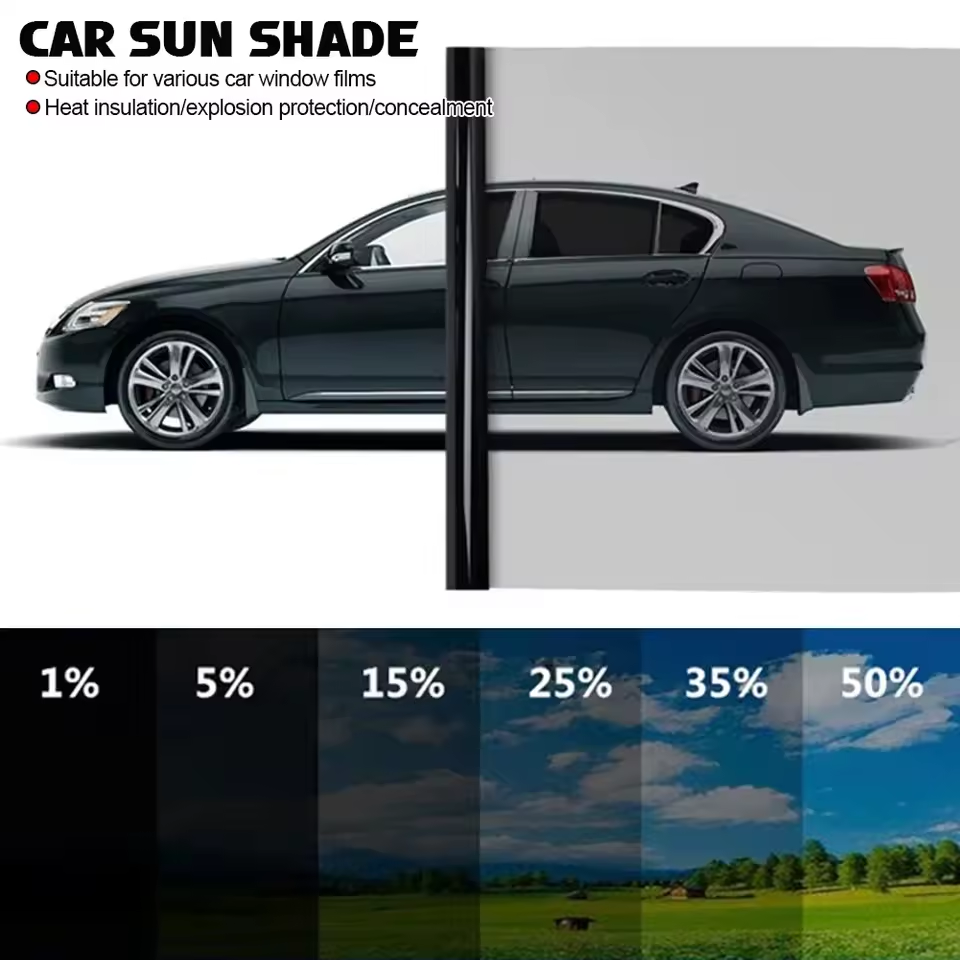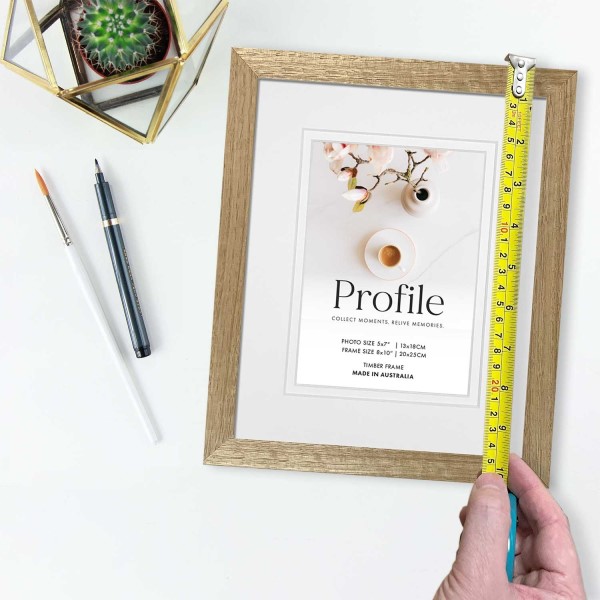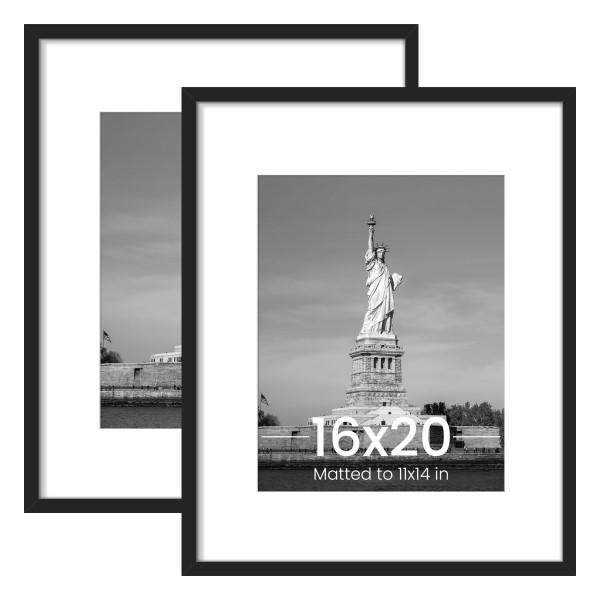Introduction to Aluminum Foil: A Kitchen Essential
Aluminum foil, or aluminum foil, has been a household staple since its invention in 1910 by the U.S. company Reynolds Metals. Initially marketed as “Reynolds Wrap,” it revolutionized food storage by offering a lightweight, airtight solution. Over the decades, its applications expanded exponentially: during World War II, aluminum foil was used to insulate radar equipment and protect military rations, showcasing its versatility beyond kitchens. Today, over 12 billion square meters of aluminum foil are produced annually, with China leading global production at 38%, followed by Russia (22%) and the U.S. (15%).
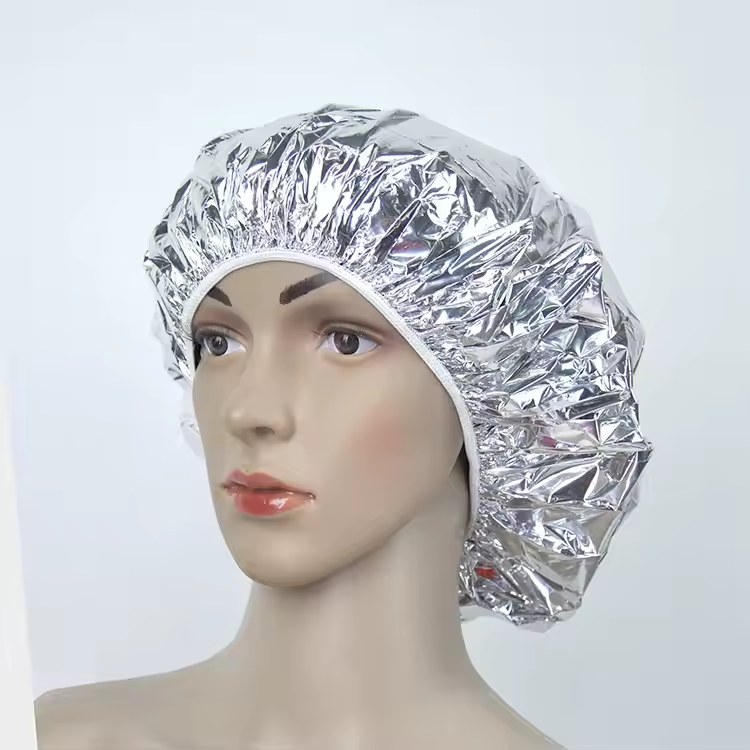
Its ubiquity stems from its unique properties:
- Material Strength: A single sheet of foil (0.016 mm thick) can withstand pressures up to 200 psi.
- Heat Resistance: It reflects 95% of radiant heat, making it invaluable in cooking and industrial insulation.
- Recyclability: Unlike plastic, aluminum can be recycled infinitely without quality loss, saving 95% of energy compared to primary production.
However, environmental challenges persist. Only 54% of global aluminum waste is recycled, with discarded foil contributing to 5.8 million metric tons of landfill waste yearly. The European Union’s 2021 Single-Use Plastics Directive mandates a 50% reduction in foil packaging by 2025, pushing manufacturers toward eco-friendly alternatives like Bee’s Wrap.
Top 10 Best Uses for Aluminum Foil Beyond Food Storage
Aluminum foil isn’t just for covering dishes. Here’s how to leverage it creatively:
- Cooking Enhancements: Line baking sheets to prevent sticking and evenly distribute heat.
- Emergency Fixes: Wrap it around a broken dish to temporarily seal cracks.
- Cleaning Surfaces: Polish stainless steel appliances or remove grime from oven racks.
- Gardening: Use it as mulch to retain soil moisture or reflect sunlight to plants.
- DIY Crafts: Create metallic art projects or decorative accents.
- Electronics Protection: Shield devices from static electricity during storage.
- First Aid: Use sterile foil to cover minor burns temporarily.
- Outdoor Activities: Line picnic baskets to keep food cool or use it as a temporary tent repair.
- Beauty Hacks: Wrap hair in foil with conditioner for a DIY hot oil treatment.
- Soundproofing: Layer it between walls to reduce noise transmission.
Aluminum Foil vs. Plastic Wrap: Which is Better?
The aluminum foil vs. plastic wrap debate highlights stark contrasts in environmental impact and functionality:
Environmental Lifespan
- Plastic Wrap:
- Decomposition: Takes 1,000 years to degrade, contributing to microplastic pollution. A 2023 study by the National Geographic Society found microplastics from wrap in 89% of tested ocean samples.
- Recycling Challenges: Only 2% of plastic wrap is recycled globally due to contamination risks.
- Aluminum Foil:
- Recyclability: Can be recycled infinitely without quality loss, saving 95% of energy compared to primary production. Recycling one ton of foil saves 14,000 kWh of energy—equivalent to powering a home for 5 months.
- Global Impact: The EU’s 2021 Single-Use Plastics Directive mandates a 50% reduction in foil packaging by 2025, pushing manufacturers toward eco-friendly alternatives like Bee’s Wrap.
Material Performance
| Feature | Aluminum Foil | Plastic Wrap |
|---|---|---|
| Heat Resistance | Withstands 430°F (220°C), ideal for baking | Fails above 150°F (65°C) |
| Airtightness | 98% moisture retention after 48 hours | 70% moisture retention after 24 hours |
| Cost per Use | $0.05 per square foot | $0.08 per square foot |
Emerging Alternatives:
- Silicone Lids: Brands like Stasher offer FDA-approved options, resisting temperatures up to 446°F (230°C).
- Mylar Film: Used in NASA-grade insulation, it’s now marketed for home use at 10–20 per roll.
Consumer Shift:
- 68% of U.S. households now prioritize recyclable wraps, with aluminum foil sales rising 15% since 2020.
- Japan’s “Zero Waste 2050” Plan: Promotes aluminum foil with paper composites to reduce plastic dependency.
Policy Impact
- California AB 1080 Bill: Bans non-recyclable packaging in foodservice by 2025, boosting aluminum demand.
- Norway’s Hydro Aluminum Initiative: Produces foil using 100% renewable energy, cutting carbon emissions by 60%.
Conclusion Expanded
The future of aluminum foil hinges on balancing utility with sustainability. Innovations like AI-driven recycling systems are transforming waste management:
- Tomra’s Smart Sorting Bins use AI to identify aluminum fragments, boosting recovery rates to 98%.
- Circular Economy Models: Companies like Dow Chemical partner with restaurants to collect and repurpose foil scraps into new packaging.
Global Initiatives:
- UN Sustainable Development Goal 12: Encourages businesses to adopt aluminum’s recyclability for “responsible consumption.”
- Corporate Pledges: Coca-Cola’s “Aluminum to Art” project turns recycled foil into public installations, raising awareness.
Personal Actions:
- Monthly Challenge: Reduce foil use by 20% by switching to glass containers for leftovers.
- Community Programs: Join local recycling drives—every 10 pounds of foil recycled saves 7 gallons of crude oil.
Success Stories:
- Germany’s “Green Packaging Hub”: A network of 500 stores offering aluminum recycling kiosks reduced regional landfill waste by 15% in 2 years.
- User Feedback: “Switching to Bee’s Wrap cut my plastic use by 80%,” says Sarah L., a U.S. mom of three.
How to Recycle Aluminum Foil Properly
Proper recycling ensures aluminum foil doesn’t waste its potential:
- Clean It: Rinse off food residue to prevent contamination.
- Ball It Up: Scrunch foil into a ball larger than a golf ball for easier sorting.
- Avoid Contaminants: Remove any attached plastics or paper.
- Check Local Rules: Some areas require separating foil from cans.
- Recycle at Special Facilities: If curbside pickup isn’t available, visit a metal recycling center.
Eco-Friendly Aluminum Foil Alternatives
Transitioning to sustainable options demands understanding each alternative’s lifecycle:
- Bee’s Wrap:
- Production: Made from organic cotton, beeswax, jojoba oil, and tree resin. The wax coating comes from ethically sourced hives.
- Lifespan: Lasts 1–2 years with handwashing in mild soap. Disposal: Composts within 6 months.
- Cost: 5–15 per wrap, available in sizes from 10×10″ to 18×22″.
- Silicone Lids:
- Process: Molded from food-grade silicone (FDA-certified), they’re heat-resistant and dishwasher-safe.
- Maintenance: Avoid abrasive scrubbers to prevent pitting.
- Edible Films:
- Ooho: Seaweed-based wraps dissolve in water, ideal for short-term storage (4–6 hours). Sold in packs of 20 for $12.
Global Market Trends:
- The eco-friendly packaging market is projected to reach $120 billion by 2030, driven by consumer demand.
- In Scandinavia, glass containers dominate, with IKEA’s 365+ line selling over 5 million units annually.
Why Don’t Cats Like Foil? Unraveling the Mystery
The question “Why don’t cats like foil?” has puzzled pet owners for years. Here’s what science suggests:
- Sound Sensitivity: The crinkling noise mimics high-pitched frequencies cats associate with predators or prey.
- Reflective Surfaces: Foil’s shiny surface may disorient cats, triggering a “prey drive” or fear response.
- Texture Discomfort: The smooth, cold feel contrasts with textures cats prefer.
- Past Experiences: Negative interactions (e.g., being startled by foil) can create lasting aversions.
- Sensory Overload: Foil’s metallic scent and visual stimulation overwhelm their senses.
Aluminum Foil Safety and Health Concerns
While aluminum foil is generally safe, specific risks require attention:
- Aluminum Leaching:
- A 2018 Journal of Environmental Science study found that storing tomato sauce in foil for 24 hours increased aluminum levels by 300%.
- Safe Limits: The FDA recommends <0.1 mg/kg/day for adults.
- Health Impacts:
- Chronic exposure may impair kidney function. A 2021 WHO report linked high aluminum intake to osteomalacia in dialysis patients.
- Misconceptions:
- Myth: Aluminum causes Alzheimer’s. Fact: No causal link exists, though excess intake should still be avoided.
Practical Tips:
- Line foil with parchment paper when cooking acidic foods.
- Discard foil-wrapped leftovers after 2 hours at room temperature.
Final Tips for Maximizing Aluminum Foil’s Potential
Unlock aluminum foil’s full potential with these strategies:
- Creative Storage:
- Roll leftover cheese in foil to retain moisture.
- Create “foil balls” for polishing silverware—simply rub gently and rinse.
- DIY Projects:
- Solar Oven: Layer foil over a cardboard box, add a glass lid, and reach temperatures of 250°F (120°C). Ideal for baking cookies outdoors.
- Emergency Signal: Crumple foil into a mirror-like shape for SOS signals during hikes.
- Recycling Hacks:
- Combine foil scraps into balls >3 inches in diameter for easier sorting at recycling centers.





